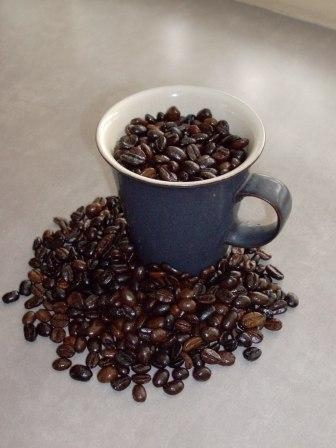 I recently received a question about whether ethyl acetate is a safe chemical to use for decaffeinating coffee. Many companies use ethyl acetate and then claim the coffee is “naturally decaffeinated.” This got me to wondering just exactly how coffee is decaffeinated, and whether decaf coffee should be considered a processed food.
I recently received a question about whether ethyl acetate is a safe chemical to use for decaffeinating coffee. Many companies use ethyl acetate and then claim the coffee is “naturally decaffeinated.” This got me to wondering just exactly how coffee is decaffeinated, and whether decaf coffee should be considered a processed food.
Aside from roasting, which brings out the aromas of coffee beans, regular coffee (which contains caffeine as part of its natural composition) is not processed at all. The downside is the way many coffee bean trees are grown – they are highly sprayed with pesticides, and those pesticides can end up in the coffee beans. This happens whether or not the coffee is decaffeinated.
That is why, if one is going to drink coffee, organic coffee is highly recommended. Decaffeinated coffee has at least 97% of the caffeine removed. In a five-ounce cup of decaffeinated coffee, there is roughly 5 milligrams of caffeine compared to 70 to 155 milligrams found in a cup of regular coffee.
However, decaffeinated coffee is processed, as it involves removing a component from a whole food. This can be a good thing or a not so good thing, depending on how the caffeine is removed. There are three ways to remove caffeine from coffee beans:
1) water decaffeination
2) carbon dioxide decaffeination
3) solvent decaffeination (using ethyl acetate or methylene chloride as the solvent)
All of the processes start the same way, which is to steam or soak the green coffee beans in water (coffee beans are green when they are first picked, before roasting). Each of these processes employ different methods of removing the caffeine and are quite similar, though each has their own benefits and drawbacks.
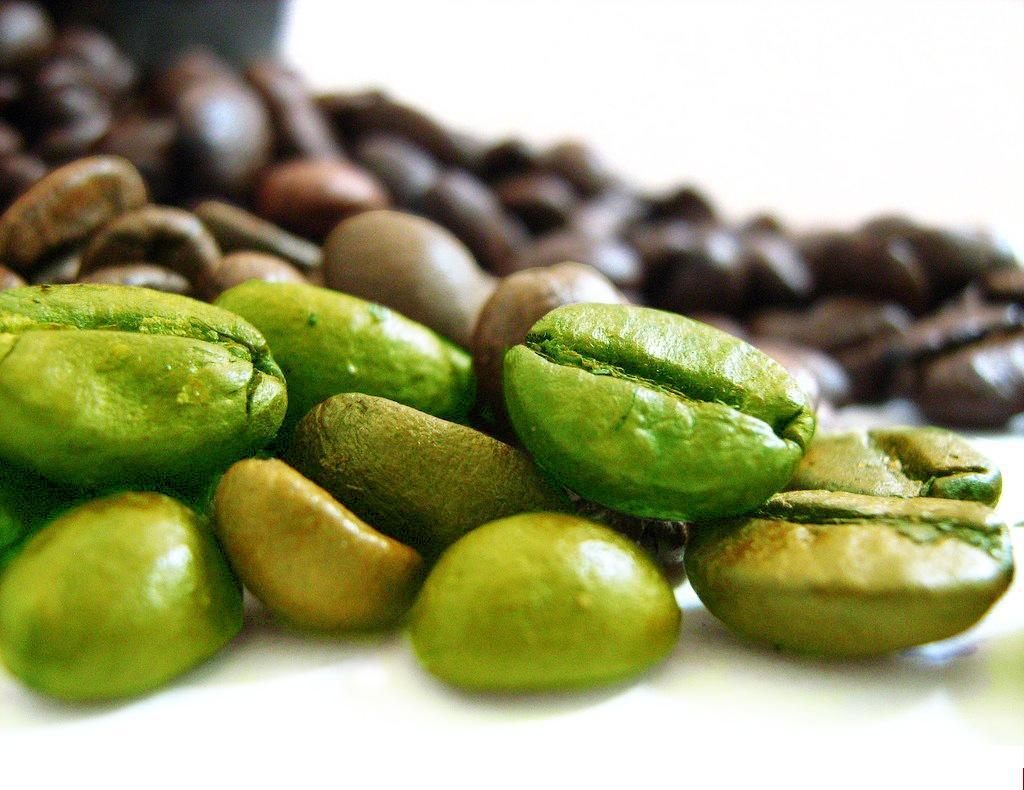 Water Decaffeination
Water Decaffeination
Water decaffeination, also known as the “Swiss Water Process,” uses no chemicals. This is THE BEST type of decaffeinated coffee, as there is no risk of being exposed to potentially harmful chemicals.
The green coffee beans are soaked in hot water, removing the caffeine and the majority of the flavor present in each bean. The water solution that is formed is then passed through an activated carbon filter which traps the caffeine but allows the rest of the water solution to pass through without removing the flavors. The green coffee beans are then re-soaked in this flavor-saturated water solution so that the beans can re-absorb the flavors. Once the flavors have been re-absorbed, the water is discarded and the green coffee beans are dry roasted.
Carbon Dioxide Decaffeination
In the carbon dioxide method, the green coffee beans themselves come into contact with liquid carbon dioxide instead of water. The caffeine is first removed by the liquid carbon dioxide, and then similar to the Swiss Water Process, the caffeine is separated from the liquid carbon dioxide using activated carbon filters. The liquid carbon dioxide is recycled and used again to extract more caffeine from other new batches of green coffee beans.
Carbon dioxide is inexpensive and relatively non-toxic, so the dry roasted and ready-to-brew decaffeinated coffee beans of the carbon dioxide process are less expensive.
Solvent Decaffeination, Ironically called “Natural Decaffeination”
The solvent decaffeination method typically uses chemicals called methylene choride or ethyl acetate to remove the caffeine. Methylene chloride is a chemical that is widely used to extract compounds of interest out of solids and liquids. It has a wide range of uses including being used as a paint stripper and a degreaser.
I used to use methylene chloride in my daily job at the environmental testing lab to extract toxic pollutants out of soil and water samples for analysis. It’s nasty stuff, not something you would want your coffee beans soaked in, but nevertheless, that is a common practice for decaffeination. California law requires facilities using methylene chloride to display a warning sign indicating “this facility contains methylene chloride, a compound known to cause cancer, birth defects or other reproductive harm.”
The green coffee beans are softened in a steam or water bath, and then they are processed with methylene chloride by one of two methods. In the first method, the caffeine is removed directly by soaking the coffee beans in methylene chloride. In the second method, the methylene chloride is used indirectly by first soaking the green coffee beans in hot water, similar to the Swiss Water Method, extracting the oils, flavors, and the caffeine. The water mixture is then mixed with methylene chloride, which extracts the caffeine and oils out of the water but leaves the flavors. The methylene chloride containing caffeine and oils is then separated from the water, and the supposedly clean water is then added back to the green coffee beans so they can re-absorb the flavors.
The use of ethyl acetate in the decaffeination process is the same as methylene chloride; ethyl acetate is used as the solvent instead.
Unfortunately, there is a huge drawback to the solvent method. Methylene chloride is toxic, and even though during the final step the methylene chloride is separated from the water before adding back to the coffee beans, it is not completely removed. Some of it remains on the coffee beans.
Ironically, when ethyl acetate is used as the solvent, this process is usually referred to as “natural decaffeination”because ethyl acetate is a compound that occurs naturally in many fruits. However, the ethyl acetate used in coffee decaffeination is synthetically prepared in food laboratories on a large scale from acetic acid and ethanol in the presence of strong acids.
Like methylene chloride, ethyl acetate also has many industrial uses, such as a poison used for insect collection, a solvent in glues and nail polish removers, chemical reactions and extractions. The Material Data Safety Sheet for Food Grade Ethyl Acetate indicates it is considered a hazardous chemical. If ingested one should seek medical advice.
The coffee industry claims that all of the decaffeination processes have little to no adverse effects on the consumer’s health, even when industrial chemicals such as methylene chloride are used.
Which Method Does Organic Decaf Coffee Use?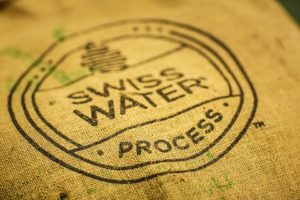
From what I have researched, for organic coffee to maintain its designation as USDA Certified Organic it has to be decaffeinated using a method that is in alignment with the organic consciousness.
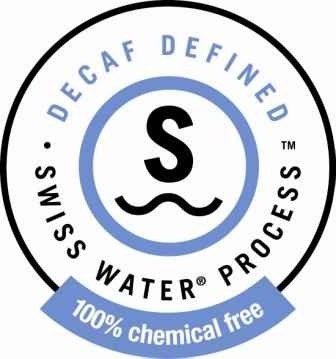 Most companies producing organic decaf coffee are using the Swiss Water process, which preserves the taste of the coffee and keeps harmful chemicals from being consumed. Look for the Swiss Water Process logo on any decaf coffee that you buy to make sure you’re getting the best.
Most companies producing organic decaf coffee are using the Swiss Water process, which preserves the taste of the coffee and keeps harmful chemicals from being consumed. Look for the Swiss Water Process logo on any decaf coffee that you buy to make sure you’re getting the best.
If you are not drinking organic decaf, especially when ordering out, your challenge is that you do not know which process has been used. If the coffee is cheap, more than likely it is the solvent method. And remember not to be fooled by the term “naturally decaffeinated.” It’s best to stick with organic coffee in general, for your health and the health of the planet.
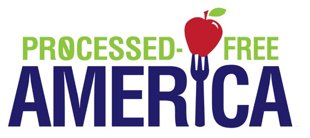
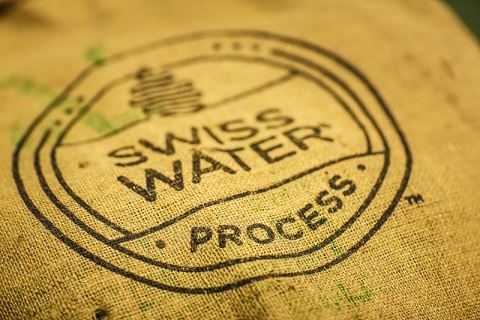
Hello Dee, I was one of your students at SWIHA this past year. I just finished the 200hr HN-OL program this week. The client I did my coaching session with had a goal to cut back on coffee. I told her I would get her information on ways they decaffeinate beans. I am so glad I was able to pull this article back up. It is such a valuable resource. Thank you!